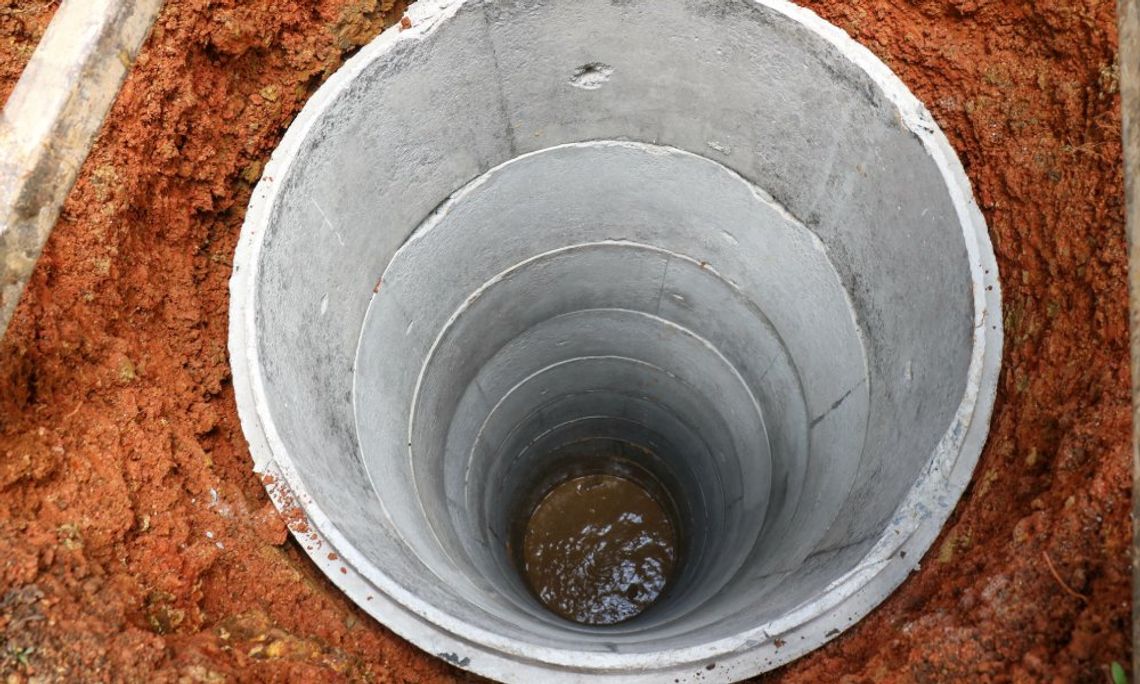Corrosion is more than a minor inconvenience in the well-drilling industry—it’s a key factor that can compromise tools, disrupt operations, and increase costs. Effective corrosion management doesn’t just protect your equipment; it preserves productivity and keeps projects running smoothly. Continue reading to explore the benefits of corrosion management for well-drill tools.
Corrosion Ruins Tools
Corrosion eats away at the reliability of well-drilling equipment, decreasing performance and cutting the lifespan of expensive tools short. When equipment corrodes, it’s more prone to failure, which leads to costly repairs or replacements.
Worn equipment also results in slower drilling processes and, in extreme cases, operational downtime. Ignoring corrosion risks can significantly impact the bottom line, making corrosion management an essential focus for well-drilling professionals aiming to minimize disruptions.
Common Types of Corrosion
Understanding how corrosion occurs in drilling equipment is the first step to addressing it effectively. Types of corrosion like pitting, crevice corrosion, and galvanic corrosion are common in well-drilling environments. These issues often occur due to exposure to harsh elements like moisture, chemicals, and saltwater.
For example, pitting corrosion creates small but deep pits on a metal surface, eventually ruining tool integrity. Crevice corrosion can fester in gaps or joints within drilling components. Identifying these specific types of damage helps professionals take the right steps for protection.
Proven Techniques for Corrosion Management
Regular maintenance schedules form the backbone of corrosion management for well-drilling tools. Inspections—not just yearly but as frequently as operational needs dictate—allow you to spot early signs of wear before corrosion escalates. Cleaning isn’t just cosmetic; thoroughly removing dirt, drilling mud, and contaminants prevents corrosion hotspots from forming.
Protective coatings are another powerful tool in combating corrosion. Specialized coatings for drilling equipment act as a barrier between the metal and damaging elements. That extra layer of protection can mean the difference between a manageable maintenance process and an expensive, time-consuming overhaul. Combine coatings with anti-corrosion treatments specific to well-drilling environments to keep tools in top shape. With these simple corrosion management tips, operational tools can stay effective longer.
The Future of Corrosion Management
New materials and technologies are changing the game when it comes to corrosion prevention. Advanced coatings with superior durability are entering the market, while IoT-enabled sensors can monitor corrosion in real-time, helping detect risks before they escalate. Well-drilling professionals adopting these emerging tools will gain a critical edge in maintaining productivity and reducing long-term costs.
Effective corrosion management doesn’t just optimize well-drilling tools and operations—it safeguards your tools, your processes, and your finances. Putting these principles into action is no longer optional; it’s an approach every professional should prioritize to get the most from their equipment.


Comment
Comments